Grow a Banana Plant in the North for a Fun Tropical Garden
You can grow a banana plant in the north! Bananas are fantastic as an annual or an herbaceous perennial in the Midwest or northern states. They grow well to garden zone 5. If there is a cold winter that goes below -15 degrees, the plant will not survive as an herbaceous perennial and will need to be replanted. Therefore, I treat this plant as an annual; I do my best to mulch well in the hopes that it will return the following year.
Seeing the large tropical leaves of the banana is an unexpected surprise in a northern garden bed that can add an eye-lifting level of interest to your landscape. I have found it to be a conversation piece next to my front patio. While the bananas produced are inedible and seedy, the banana leaves are edible and I often use them in culinary dishes. Below is an excerpt from the Indiana Getting Started Gardening Guide which can help you grow this beautiful tropical plant.
- Botanical name — Musa basjoo
- Bloom Period and Seasonal Color — Summer; orange flowers, foliage interest
- Mature Height × Spread — 6 to 14 feet × 8 to 10 feet
- Added Benefits – Edible
Sun Requirements – Sun, Part Sun
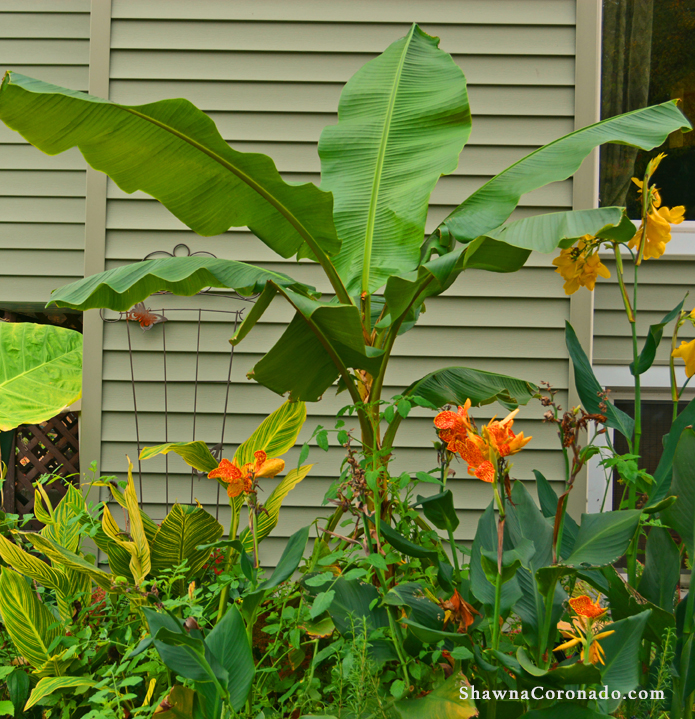
Organically Banana planting
When, Where, and How to Grow a Banana Plant in the North
After the last frost, plant a banana plant from a nursery or online catalog in a sunny spot, out of the wind, and in well-drained soil that is organically rich with compost and manure. Windy locations can damage the large leaves, which can grow up to 6 feet long in perfect conditions. If you plant a banana deeper—up to 12 inches—the plant will be more likely to survive through winter [with heavy mulch].
Mulch well to help retain moisture; in fact, bananas love water and grow well with consistently moist soil. Fertilize regularly with organic fertilizer throughout the season. Overwintering a banana is easy if you dig it up after the first frost, wrap the roots in plastic, and store it in a cool, dark, frost-free location like a basement.
To keep the plant in the ground, let it die back, then cut off the dead part of the stem, mound a layer of mulch around the plant base, and cover the mound with black plastic or burlap. Uncover in spring and see if it has survived. Yes? Fantastic, you saved money. No? Go out and get yourself another banana; it is time to start over.
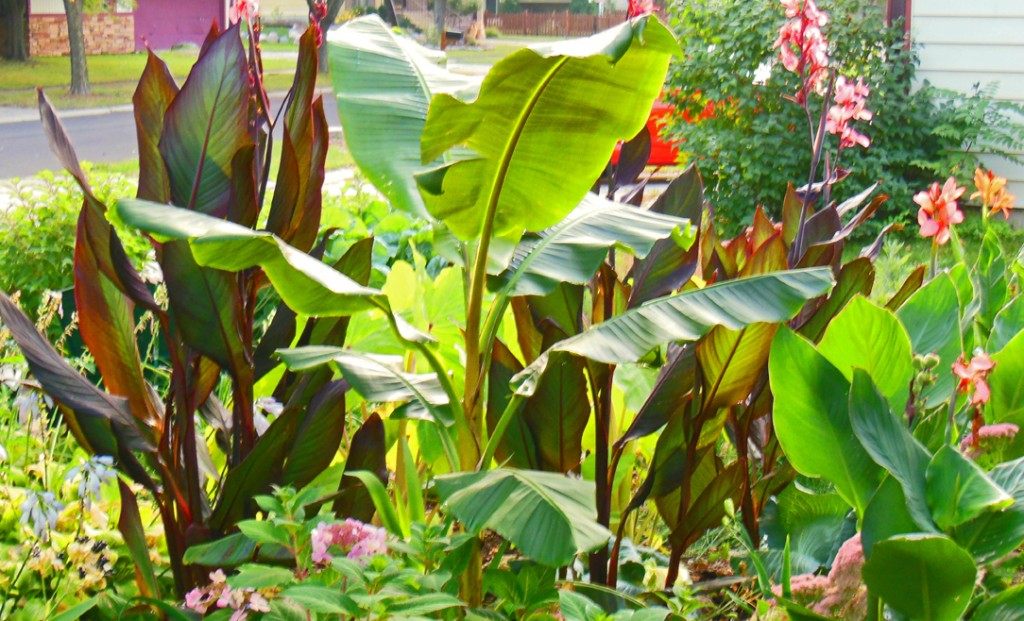
Advice and Care on How to Grow a Banana Plant in the North
Japanese beetles seem to love bananas, but it’s mostly pest-free outside of the beetles. For an organic solution, handpick the pests and drop them into soapy water. Cut wind- or pest-damaged leaves with Corona Garden Shears to keep the leaf edges looking crisp.
Companion Planting and Design for Banana Plants
Great companion plants include hakonechloa and other more tropical plants such as caladium, colocasia, and canna. Planting petunias and other annuals around the base of the plant helps feature the height of the banana. I have seen an upstart cherry tomato use a banana as support quite successfully, which speaks to the possibilities of adding the banana to an ornamental edible garden as an architectural center feature.
Try These Varieties of Hardy Banana Plants
Grow other hardy bananas in the north such as Musa xishuangbannaensis ‘Mekong Giant’, which can grow 20 feet tall, and M. velutina ‘Pink Banana’, which is a dwarf that grows 6 to 9 feet tall.
Find more interesting ideas for annuals, perennials, and shrubs, particularly plants that work well in the Midwest, in my book the Indiana Getting Started Garden Guide.
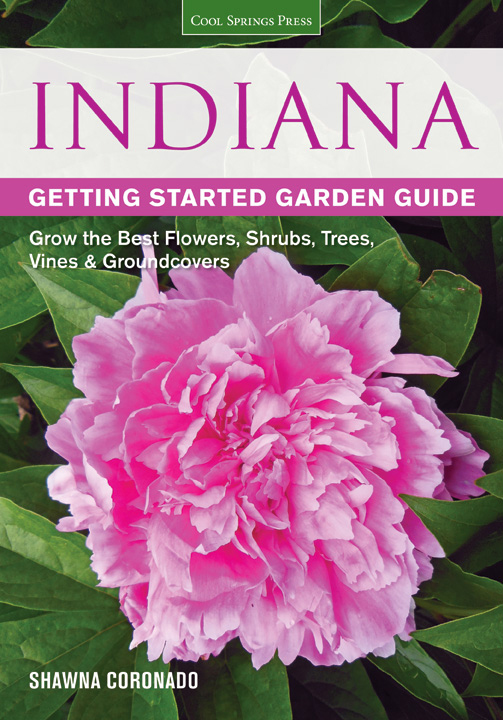
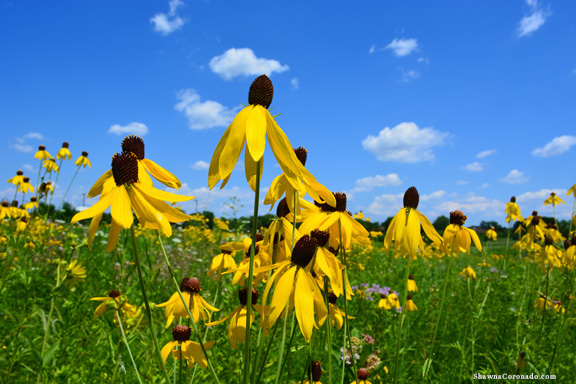
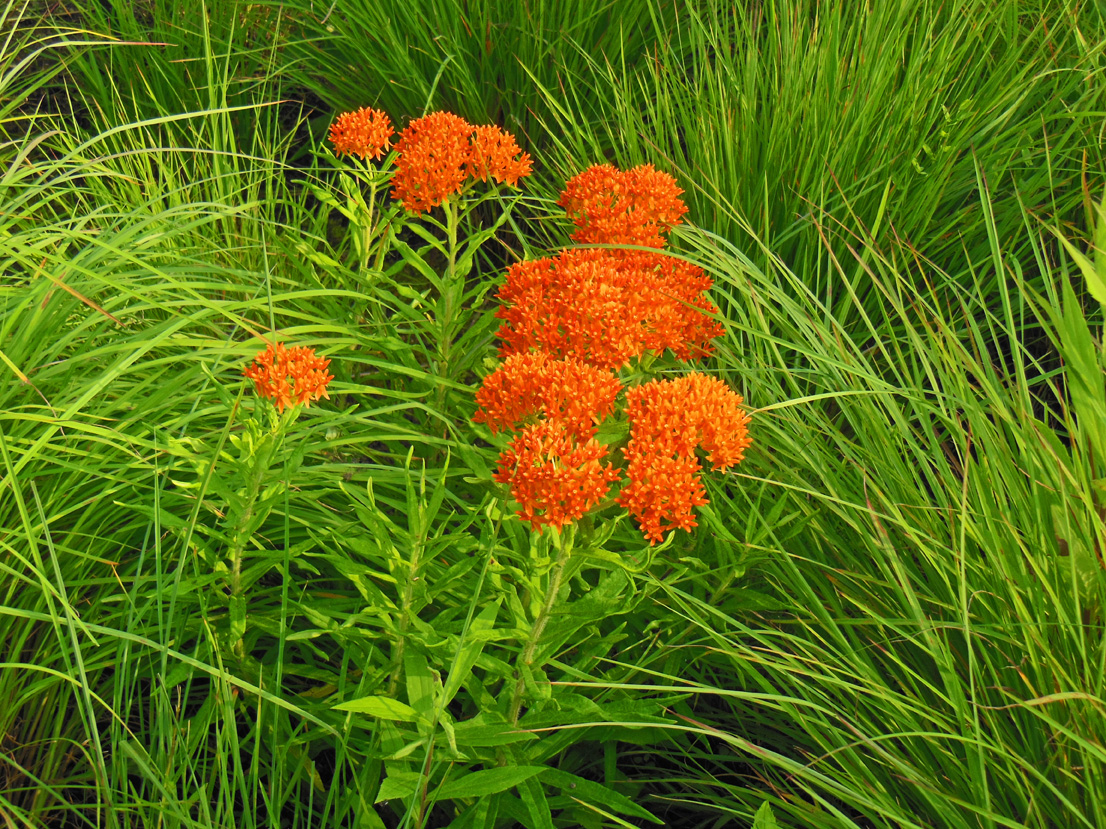
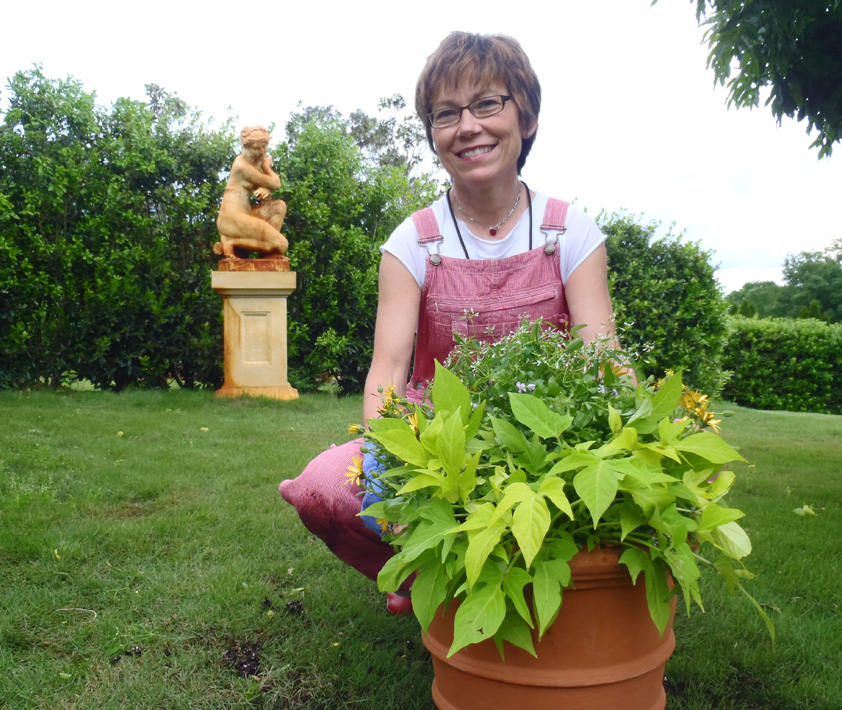
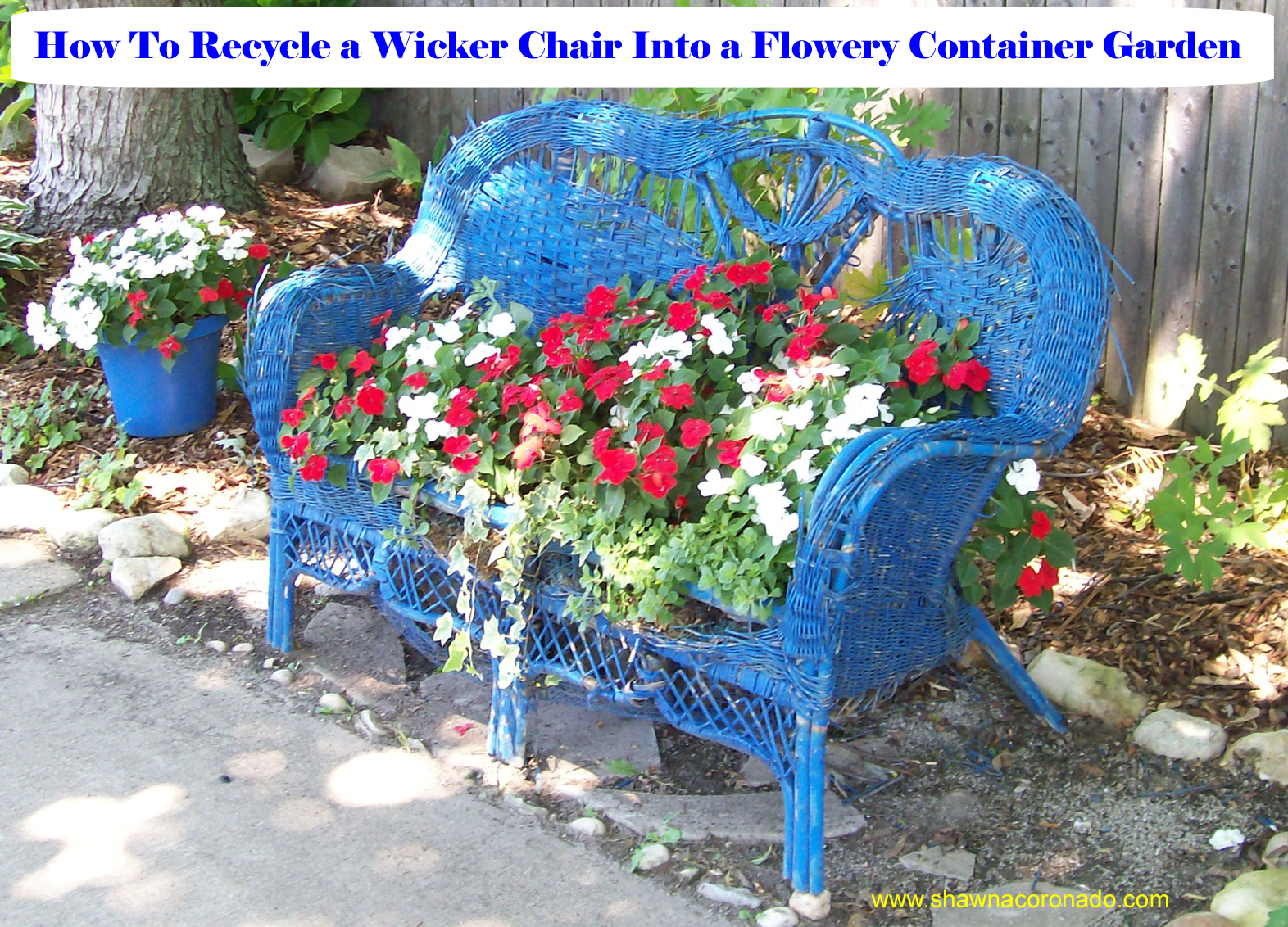
I have tried to overwinter these in my zone 5B suburban Chicago yard without any luck. I do have a new one in transit right now and will pot it up as soon as it arrives. I just love the large tropical leaves!